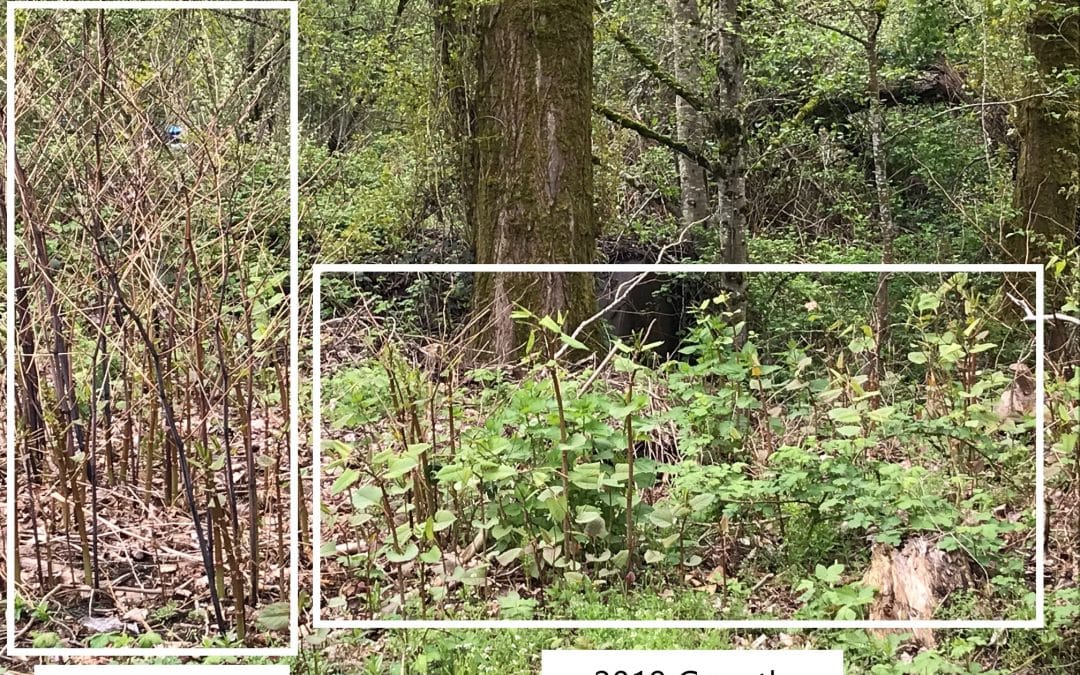Invasive species are non-native plants and animals that have been introduced to British Columbia and are understood to cause, or likely cause economic, social, or environmental damage. In addition to causing harm to native ecosystems, invasive species can negatively impact infrastructure and can be hazardous to human health.
Invasive plant species of particular concern are provincially regulated as “noxious” under the Weed Control Act and Weed Control Regulation (“the Act” and “the Regulation”). Species regulated under Schedule A, Part I of the Regulation are provincially regulated, while those listed in Schedule A, Part II are only regulated within particular regions of the province.
Under Section 2 of the Act, a land occupier must control noxious weeds growing or located on their land and premises. Under the Regulation, a person shall not move or transport material containing seeds of noxious weeds and further, a person shall not apply topsoil or other substances that may contain noxious weeds or seeds of noxious weeds within an area where that weed is not established (Section 4 and 8).
Species of knotweed, including Japanese knotweed (Fallopia japonica), Bohemian knotweed (Fallopia x bohemica), and Giant knotweed (Fallopia sachalinensis) are classified under the Regulation, Schedule A, Part 1. These species can be harmful to development and infrastructure projects as a result of vigorous rhizome (i.e., subsurface root) growth. Knotweed rhizomes can damage concrete walls, pavement, bridge and building foundations, drainage works, and flood prevention structures.
To comply with the Regulation, and mitigate the potential risk of economically damaging invasive species being introduced to a site, Keystone Environmental recommends the following:
- A Qualified Environmental Professional (QEP) conduct a preliminary field survey of the potential fill material source site to determine the presence or absence of invasive plant species.
- A minimum 20 m “no-go” buffer around the perimeter of knotweed plants, should they be observed on the source site; excavations occurring within the 20 m buffer be monitored by a QEP to verify that knotweed rhizomes are not introduced to any fill that is intended for the site.
- Surficial soil from fill source sites where noxious weeds are observed is not recommended to be accepted as the surficial soil may contain weed seeds.
- If the site contractor chooses to hire a QEP, it is recommended the QEP have experience with the identification, treatment, and management of knotweeds and other noxious weeds.
In the event regulated noxious weeds are present on the source site and cannot be properly segregated from the fill being used, Keystone Environmental would not recommend the fill from that site be used, as it would be in direct contravention of the Weed Control Act.
For more information, please contact our office.

